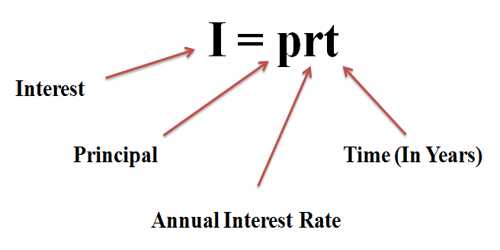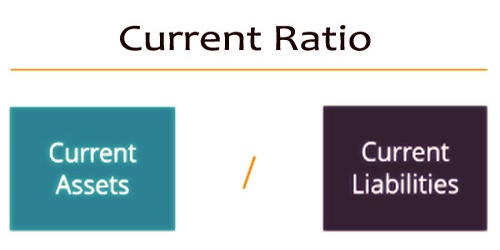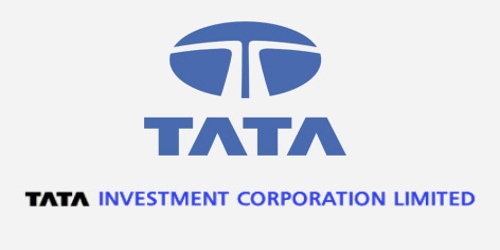Gross Receipts Tax (GRT) is a tax levied on the total revenue or gross receipts of a business. It is a tax levied on a company’s total gross revenues, regardless of their source. It is a type of indirect tax that is imposed on businesses by state or local governments. Unlike a sales tax, which is applied only to the final sale of goods or services to the end consumer, GRT is applied to every stage of production, distribution, and consumption.
The difference between a gross receipts tax and a sales tax is that a gross receipts tax is levied on the seller of goods or services, whereas a sales tax is nominally levied on the buyer (although both are usually collected and paid to the government by the seller). The rate of GRT varies by jurisdiction, and some states or cities do not levy a GRT at all. The tax is typically calculated as a percentage of the gross receipts earned by a business within a particular jurisdiction, and it may be subject to various exemptions and deductions.
A gross receipts tax is a tax levied on a company’s gross sales after deducting business expenses such as costs of goods sold and compensation. A gross receipts tax, unlike a sales tax, is levied on businesses and applies to business-to-business transactions as well as final consumer purchases, resulting in tax pyramiding.
This contrasts with other taxes that are listed as separate line items on billings, are not directly included in the listed price of the item, and do not affect markup or profit on company sales. A gross receipts tax has a pyramid effect that increases the actual taxable percentage as it passes through the product or service lifecycle.
The revenue generated from GRT is often used to fund public services, such as infrastructure projects, education, and healthcare. While GRT can be a significant source of revenue for state and local governments, it can also be a burden on businesses, especially small businesses with low profit margins.
Another pyramid effect of the tax is that it is, by definition, levied against itself (in the sense that a business subject to a gross receipts tax will raise its prices to compensate, which increases its gross revenue, which increases the tax owed, and so on in circles) and thus amounts to a tax on tax. As a result, the actual tax rate of a gross receipts tax is always slightly higher than the nominal tax rate. This is most obvious in states where businesses are permitted to pass on gross excise tax to their customers.
















